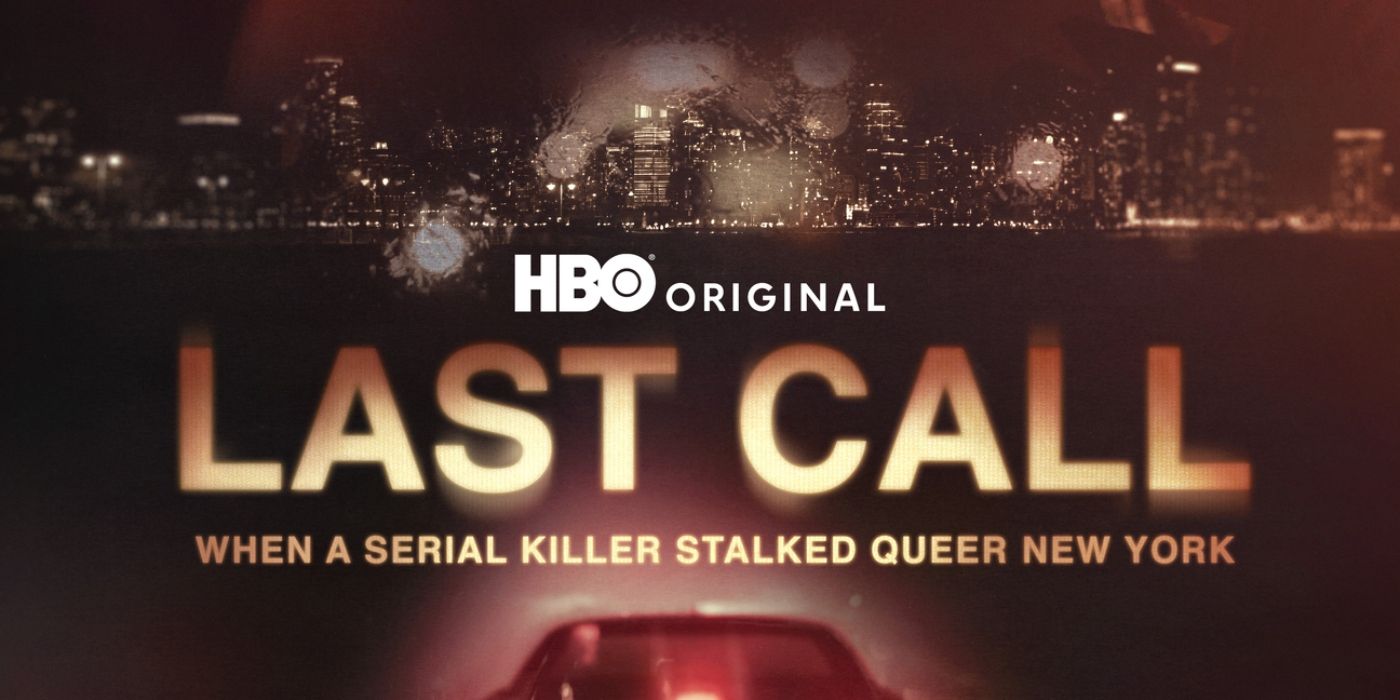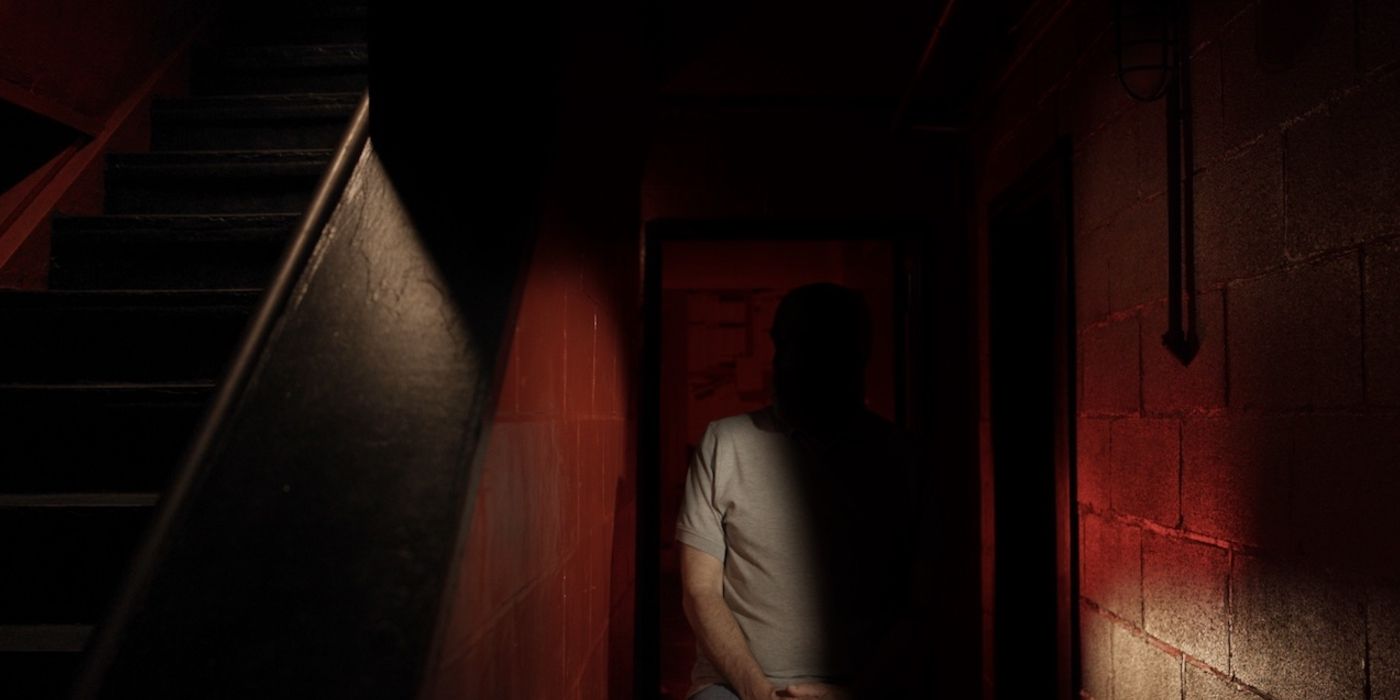True-crime documentaries are notorious for reducing the victims of homicide to a statistic, salaciously framing their deaths in harrowing detail while denying the people murdered their identity, an individual’s entire life subjected to a single lurid account. Director Anthony Caronna (Pride) and executive producer Howard Gertler’s (HBO’s Oscar-nominated All the Beauty and the Bloodshed, How To Survive A Plague) impactful true crime docuseries Last Call: When A Serial Killer Stalked Queer New York rectifies this, by demystifying the lives of the victims and examining how these murders outraged and galvanized New York City’s queer community into action. Starting Sunday, July 9, The HBO Original four-part documentary series reminds us of the layers and complexity of the victims’ humanity.
For many queer-identifying and LGBTQ+ people, violence or the threat of violence has been and still remains a part of their lived experience. The killings of trans women of color has become an epidemic in the United States, the Gay/Trans panic defense is still legal in 20+ states across America and the “Don’t Say Gay Bill” is reinforcing Far-Right rhetoric in government-funded buildings. Caronna expertly balances the true crime components with an insightful excavation of a period of New York City’s LGBTQ+ history largely unknown to heteronormative culture. Based on Elon Green’s book Last Call: A True Story of Love, Lust, and Murder in Queer New York, which is a comprehensive overview of the serial murders, the queer political movement and the four men who lost their lives. Last Call is a triumph.
Max’s True Crime Docuseries Highlights The Victims’ Legacies
The immersive documentary offers wonderful anecdotal narratives for each of the four men who were killed. Between 1991 and 1993, a killer preyed on gay men in New York City. It begins with Thomas Mulcahey, a husband and devoted father who worked for Bull Information Services; he’d traveled to New York to give a presentation. He disappeared on July 8, 1992, and we learn about him from his daughter Tracey O’ Shea. In the docuseries, she said they had a great relationship, and he always gave her room to be herself, and she shared photos of trips away with him. Thomas was a closeted gay man who frequented The Townehouse, an establishment frequented by discrete older men and young hustlers. On July 10, maintenance workers discovered Thomas’s remains at a Pennsylvanian turnpike. The next discovery was Peter Stickney Anderson, a 54-year-old divorcee who was another regular at The Townehouse. A former partner of Peter’s talked extensively about how smart, kind and engaged a human being he was.He was described as an intelligent, kind, a go-getter and a little bit cheeky. At this stage, the LGBTQ+ community established a task force, the AVP (The Anti-Violence Project), had already been dealing with an increase in violence directed at the LGBTQ+ community. At that time, data collected from 29 states documented 100+ murders and even though a hotline was established, some of the violence was fueled by AIDS-related misinformation inciting anger and rage at LGBTQ+ people. Queer people felt hunted and the NYPD was not only indifferent, but sometimes hostile.
The third body was different from the others. Anthony Marrero was a 44-year-old Puerto Rican living in New York and working as a sex worker. Unable to come out as gay to his family, his brother Jose Luis Marrero was adamant his brother wasn’t gay. Author and activist Ceyenne Doroshow talks candidly about Anthony, about his work, how they’d play Monopoly together and when he disappeared from her world, it didn’t come as a shock. People regularly vanished back in the early ’90s, and she didn’t learn of his death until the filmmaker got in touch with her. The press identified Anthony as a crack addict and a prostitute without revealing anything else about the man. Antonio Marrero, his great-nephew, explains how he came out as bisexual and was disowned by his parents. We later see him enjoying a Pride parade and wondering what Anthony might have made of the progress. The community was more affected by Michael Sakara’s death because he was a visible presence on the LGBTQ+ scene at the time and well-known and liked by everyone. His sister and friends speak fondly of the man and avoid talking about his terrible demise. Their deaths connected to a larger problem in New York City.
Between 1991 and 1993, the press-dubbed “The Last Call Killer” stalked New York City at a time when there was a rising escalation in anti-LGBTQ+ and hate-related violence. A task force had been established to help combat these crimes: The Anti-Violence Assistance, a grassroots organization specializing in violence or hatred-related crime specifically targeting their community. Kevin Berrill from the National Gay and Lesbian Task Force was featured on CNN, discussing the NYPD and their mishandling of cases, repeat harassment, entrapment, abuse, false arrests and viewing LGBTQ+ as second-class citizens. Regarding The Last Call Killer, The NYPD was apathetic, despite other police forces outside their jurisdiction working together. They didn’t mobilize for the crimes, and it was no secret that homophobia was prevalent within the ranks. AVP pushed law enforcement to give a shit. Police departments from different jurisdictions worked together to apprehend a suspect. Finally, a press conference was held with Mayor David Dinans and police commissioner Ray Kelly, which addressed the murders and the community’s fears. Enter Donna Malkentozos, an openly gay woman and homicide detective assigned to the case. AVP and the community believed this would break down barriers and had hoped the case would be solved. They had one lead: this guy was a nurse, and they pursued it doggedly. Unfortunately, it turned out to be a dead end, and it would be years before they caught the killer. It wouldn’t be until advances in fingerprint analysis an arrest would be made. The killer was a nurse called Richard Rogers. This man had been acquitted in 1973 of the murder of his roommate Frederic Spencer, claiming Spencer had made a pass at him and he reacted violently. He was convicted in 2005.
How LGBT+ History Was Impacted In The Wake Of These Murders
The serial murders preceded two homicide cases that gained global attention: the rape and murder of Brandon Teena in 1993 and the murder of Matthew Shepard in 1998. Both crimes horrified people on an international scale. Millions of people were sickened by these horrible crimes and wanted justice. By 1993 LGBTQ+ people were still demanding civil rights protection, proper funding for AIDS healthcare, and it was a time of political flux and civil unrest for the queer community. But perspectives were beginning to shift and change, thanks to greater visibility and a more militant approach to tackling defamation and discrimination. It was estimated (at the time) nearly 20% of LGBTQ+ people made up the US population. Caronna takes the audience back to parts of history like the Anita Bryant crusades in the ’70s and how her politics mirror the politics of today. To exemplify that biases and widespread condemnation of a minority are not only things of the past. Caronna also exploited true crime to reach a wider audience about queer history and the impact of cultural violence. He did this by packaging a social justice narrative within the true crime format. He felt like there was a real opportunity to tell a social justice story and use true crime as this Trojan horse to bring people in — people love true crime — and then tell a much bigger story about the anti-queer violence movement. Anthony Caronna told Vanity Fair why he adapted Elon Green’s source material. For all the progress LGBTQ+ people have made to live their lives freely, there will always be those who want to take those rights away and those who want to do much worse. But if it’s one we’ve learned from Last Call, an attack on one of us is an attack on all of us.
Last Call: When A Serial Killer Stalked Queer New York is streaming on Max.
Stay connected with us on social media platform for instant update click here to join our Twitter, & Facebook
We are now on Telegram. Click here to join our channel (@TechiUpdate) and stay updated with the latest Technology headlines.
For all the latest TV News Click Here


